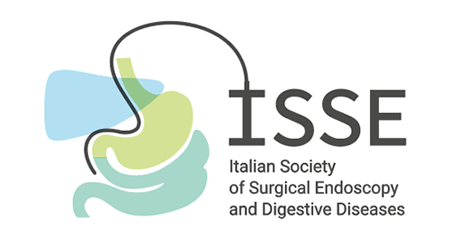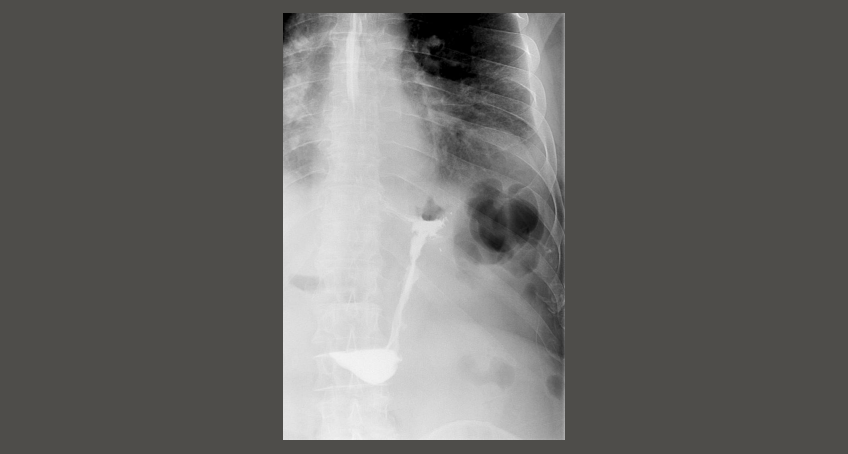Endoscopic sleeve gastroplasty: results from a single surgical bariatric centre
AUTORI
Lino Polese, Luca Prevedello, Amanda Belluzzi, Emilia Giugliano, Alice Albanese, Mirto Foletto
ABSTRACT
The aim of this study was to evaluate the safety and efficacy of the endoscopic sleeve gastroplasty (ESG) procedure. Patients ineligible for bariatric surgery due to comorbidities or low Body Mass Index (BMI) were offered ESG. Gastric tubularization was carried out via multiple multi-bite sutures across the greater curvature of the stomach. The patients underwent a watersoluble swallow test on post-operative day 1 (POD-1) to assess gastric emptying and were placed on a soft diet if upper GI tract function was confirmed. From January 2019 to March 2022, 27 patients underwent ESG: 14 for severe obesity with comorbidities, including liver transplant, end-stage kidney disease, severe cardiovascular and respiratory diseases. The mean BMI before treatment was 36 ± 9 kg/m2. Two patients (7%) who developed gastric bleeding were successfully treated with packed red blood cells (PRBC) transfusions. After a mean follow-up of 18 months, the percentage of total body weight loss (%TBWL) and the percentage of excess weight (%EWL) were 11 ± 7 and 39 ± 27, respectively. The latter was significantly higher in the patients with an initial BMI < 40 kg/m2 (50 vs 22, p < 0.05). The patients whose gastric sleeve extended for more than a third of the length of the stomach (p < 0.05) had better results. ESG was found to be effective and safe in highrisk surgical patients whose initial BMI was (< 40). Studies characterized by larger number of patients and longer follow-up periods will be able to confirm these results.
Polese L, Prevedello L, Belluzzi A et al. Endoscopic sleeve gastroplasty: results from a single surgical bariatric centre. Updates in Surgery. 2022. https://doi.org/10.1007/s13304-022-01385-4
SCARICA QUESTO ARTICOLO IN PDF

